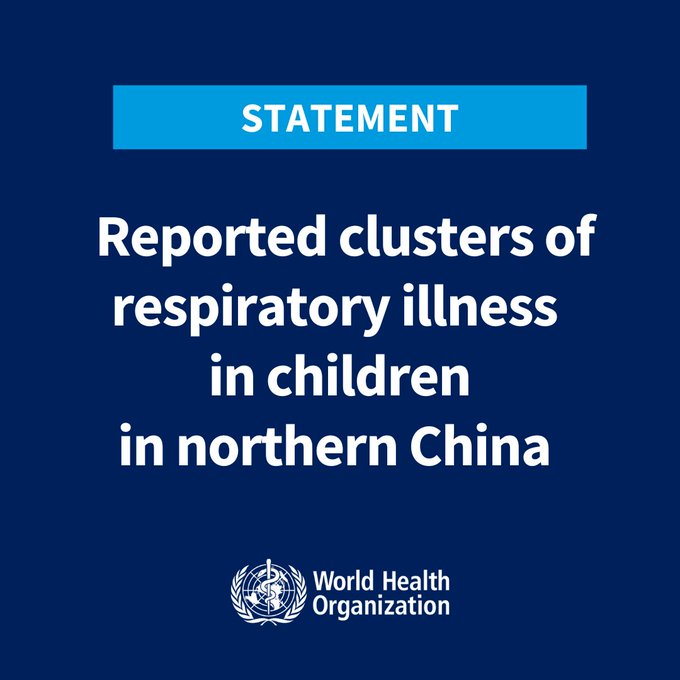Mycoplasma pneumonia, influenza or COVID-19? Vice President of Beijing Chaoyang Hospital: Use medicine only after confirming the pathogen
red star news2023-11-13 16:18
On November 13, the National Health Commission held a press conference to introduce the prevention and control of respiratory diseases in winter. Recently, many people on the Internet said that their whole family was infected with mycoplasma pneumonia, but some people also believed that many of the adults were infected with the new coronavirus. In this regard, Tong Zhaohui, deputy director of Beijing Chaoyang Hospital affiliated to Capital Medical University and director of the Beijing Institute of Respiratory Diseases, suggested that medication should be used after confirming the cause of the disease, rather than relying on guesswork to abuse drugs.

▲Tong Zhaohui
It is reported that mycoplasma pneumonia is the most common cause of community-acquired pneumonia in children aged 5 and above in my country. It is prevalent in autumn and winter in northern areas, and in summer and autumn in southern areas. Regional cyclical epidemics occur in children every three to seven years. Its main clinical manifestations are fever and cough. At the onset, it manifests as severe, paroxysmal, and irritating dry cough, which may be accompanied by headache, runny nose, sore throat, earache, etc. Tong Zhaohui said that compared with previous years, during this year's epidemic, children under 3 years old were also infected, showing a trend of younger age, but the condition did not worsen significantly.
It is reported that Mycoplasma pneumoniae is one of the common respiratory pathogens. According to my country's 2016 Community-Acquired Pneumonia Guidelines and relevant data monitoring, Mycoplasma pneumoniae is one of the important causes of community-acquired pneumonia in my country, with a high incidence in autumn and winter every year, and children and adolescents are susceptible. Mycoplasma pneumoniae is mainly spread through respiratory droplets. Therefore, without protection, outbreaks will occur in densely populated places such as kindergartens and schools. It is also common for family members to be infected with mycoplasma.
According to Tong Zhaohui, influenza is more common in winter and spring. It often has an epidemiological history and a history of contact with patients with influenza and suspected influenza. It starts with fever and upper respiratory tract infection, followed by worsening cough, dyspnea and pulmonary symptoms. , and even the systemic symptoms are more severe, such as high fever, rapid disease progression, fatigue, headache, muscle aches and other obvious symptoms, and the imaging manifestations are similar to mycoplasma pneumonia. Some patients with Mycoplasma pneumoniae infection also have high fever, but the course of the disease tends to progress slower than that of influenza. At the same time, Mycoplasma pneumoniae infection will also cause severe irritating dry cough as the disease progresses. Therefore, Tong Zhaohui emphasized that it is more important to detect respiratory specimens, such as influenza A or B viruses, which can be distinguished by antigen and nucleic acid testing.
According to Tong Zhaohui, Beijing Chaoyang Hospital’s recent mycoplasma nucleic acid test detection rates are 5.59% for adults and 40.34% for children; 29.67% of adults and 4.94% for children have positive influenza antigen tests. In acute respiratory infections, the symptoms caused by Mycoplasma pneumoniae, new coronavirus, influenza virus, etc. are similar, and the etiological diagnosis can be confirmed through antigen and nucleic acid testing. It is recommended that you use medicine after confirming the cause of the disease, rather than abusing medicine based on guesswork.
source....zhttps://baijiahao.baidu.com/s?id=1782436096932768326&wfr=spider&for=pc




Comment